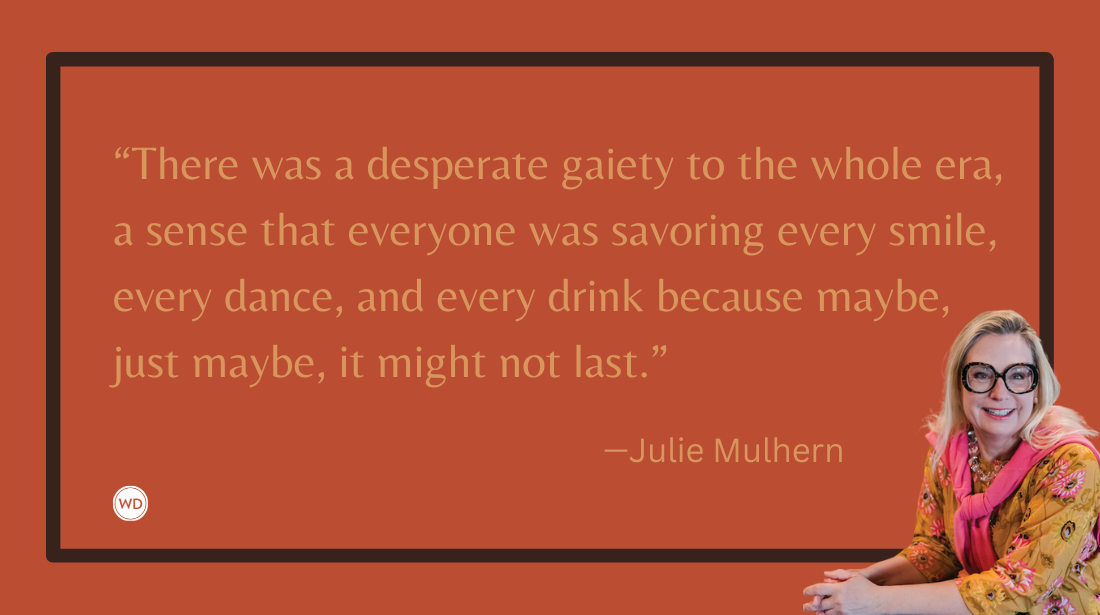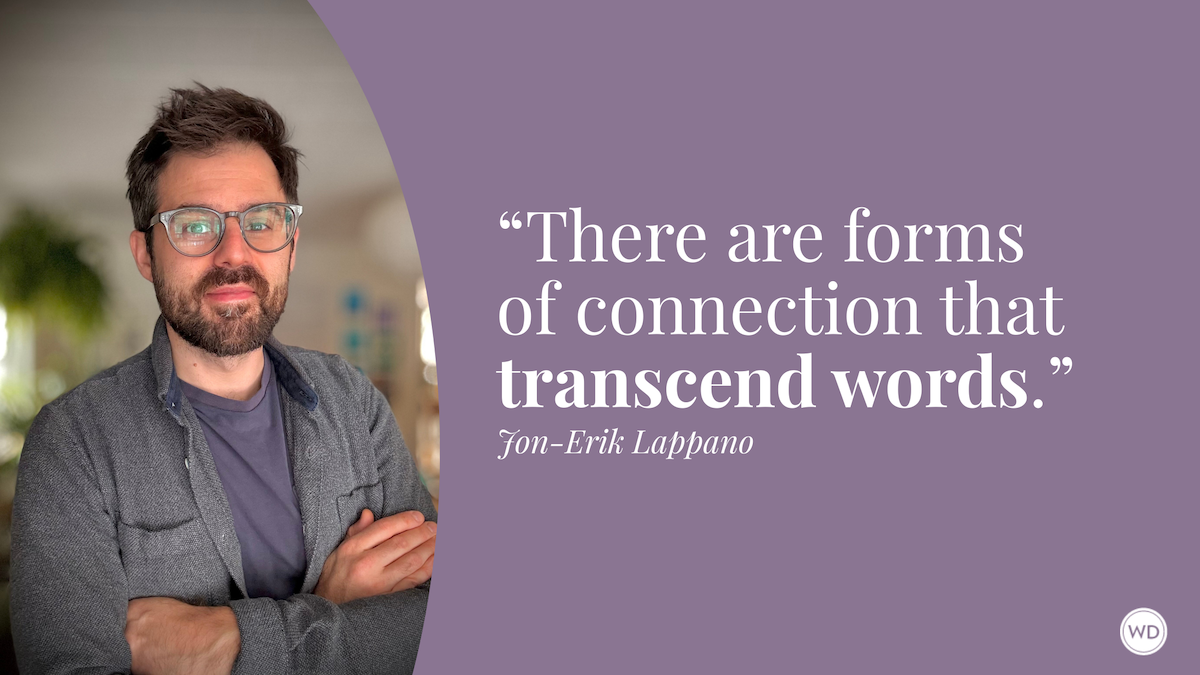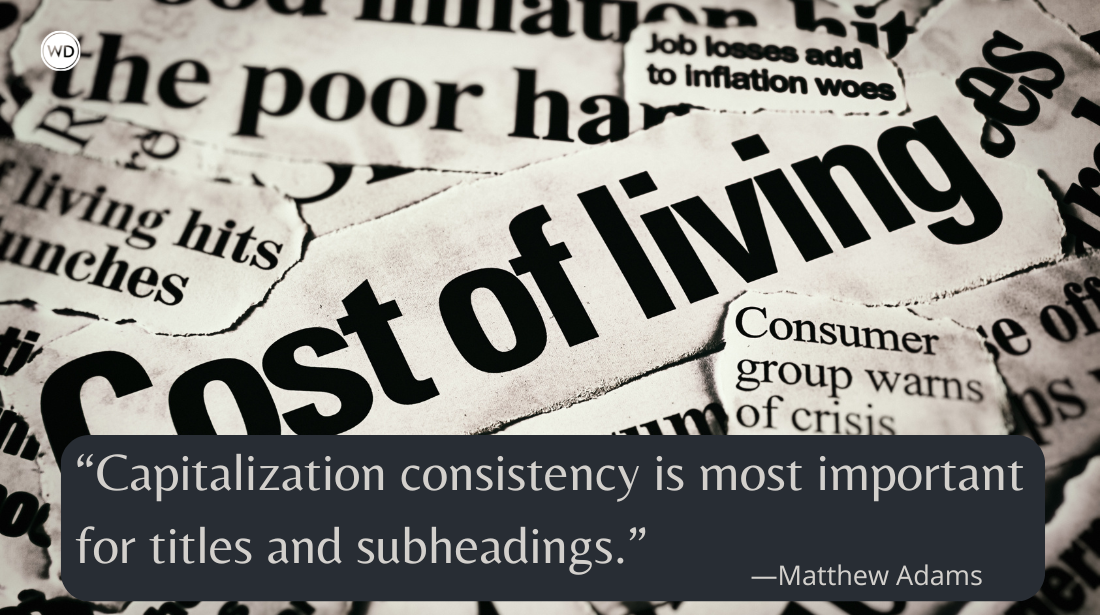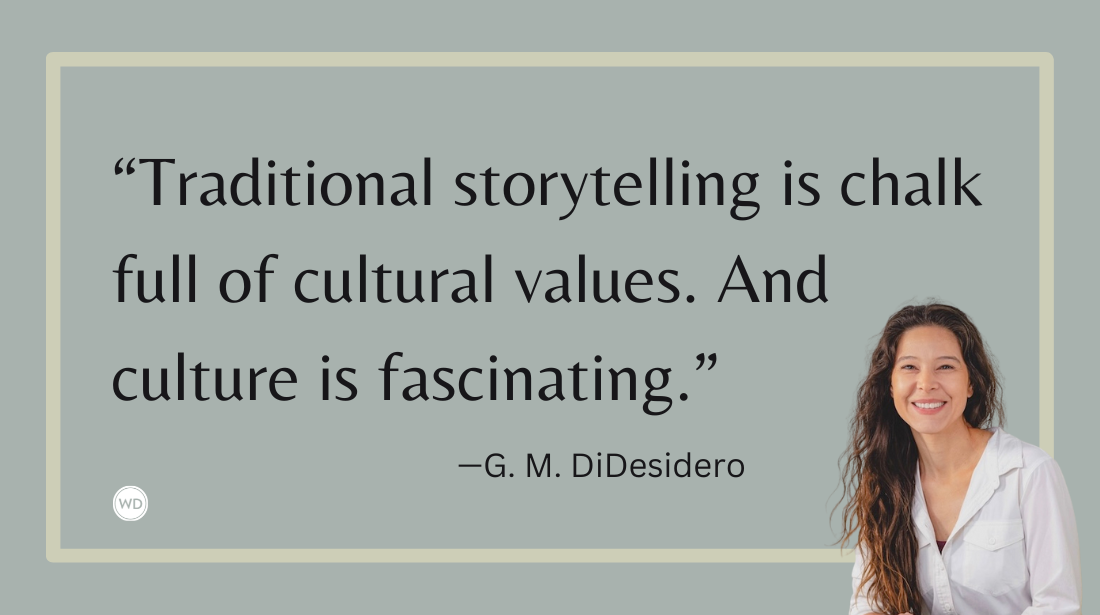How I Combine Plotting and Pantsing In My Writing
New York Times bestselling author Ali Hazelwood discusses how a step in the publishing process helped her combine plotting and pantsing in her writing.
Publishing wreaked a bit of havoc on my writing process—because of something called “progress materials.”
I’m not sure how universal this is, but at my publisher (Berkley, an imprint of PRH), writers who are contracted for a book are asked to periodically update their editors on their work. This is, I must begrudgingly admit, fair and probably very wise: If I were my editor, I wouldn’t want me to go too rogue either. The point, I assume, is to avoid a final product that’s unpublishable by course-correcting early on with regular check-ins.
Authors can be asked to turn in a brief summary, a detailed synopsis, or the first few chapters of the book—I’m sure it varies based on the specific agreement between the editor and the author. In most cases, it requires having a fairly detailed idea of what’s going to happen in a book, before starting to write it. Which probably sounds normal, but is not how I’d been writing at all.
How I Used to Write
Before traditional publishing, I exclusively wrote fanfiction (and midterm essays, statements of purpose, and scholarly papers, but those probably don't count). The fics I wrote varied in length and scope, but I usually didn’t worry too much about plotting them in advance. I’d simply focus on gathering four items: a setting, a starting point, a conflict, and an end. For instance: The characters are roommates, initially they hate each other, then they slowly warm up to the other but have issues admitting their feelings because of their emotional baggage, but despite all of that they end up together.
I never used to worry too much about how to take the narrative from one point to the other (in my case, since I write almost exclusively romance, from “not together” to “together”), because I figured it’d come to me as I explored the story and the characters. In a way, I wanted to surprise myself through the writing process. But that doesn’t quite work if an outline needs to be turned in.
So, over my career as a writer (it seems pretentious to call it that, but not as pretentious as “journey”) I’ve transitioned from adopting a “well, I’ll probably figure it out at some point” to “I should probably have some kind of idea of what goes where, but not too good of an idea or I’ll be bored of my own writing before I even start writing the book.”
How I Write Now
This is what I do now: Once I’ve settled on my story idea, I divide it into three acts, which is something that I’ve probably learned from one of the dozens of craft books I’ve read to make the writing process feel easy (this has not happened yet). Then I write down a list of things I want to happen in each of the acts.
For instance, in the roommates scenario I discussed earlier, I’d ask myself the questions: Why are the character enemies? Because they co-own the house, and both want the other to get out and leave them alone. What prompts them to have the first conversation as something more than enemies? The revelation that they both loved the previous owner of the house. How do they transition from enemies to reluctant friends? A well-timed snowstorm forces them to talk to each other. What prevents them from acknowledging their feelings? She thinks he’s interested in someone else; he believes he's fundamentally unworthy of her because she’s the best.
IndieBound | Bookshop | Amazon
[WD uses affiliate links.]
This allows me to build an outline that I can share with my editor, and I can get her very valuable feedback early on. At the same time, it’s not so detailed that I feel like the entire story has already been told, and it leaves me room to improvise, change my mind, and have fun as I write the first draft.
It’s a bit like running a 5k: The general route has already been decided, but you still get to choose whether to run on the sidewalk or the road, whether to run or walk, whether to stop and chat with others or do it all in one go. I would say this is a mix of plotting and pantsing—a fellow author whose work I love and highly recommend, Adriana Herrera, once referred to this combo during a panel as the “pantyliner” technique. I believed the term originally comes from the amazing Sierra Simone, and I love it so much!
By the way, if you’re interested in my roommates story, you can check out my next book, Loathe To Love You—an anthology of three enemies-to-lovers novellas, out now!
Ali Hazelwood is the New York Times bestselling author of The Love Hypothesis, as well as a writer of peer-reviewed articles about brain science, in which no one makes out and the ever after is not always happy. Originally from Italy, she lived in Germany and Japan before moving to the U.S. to pursue a Ph.D. in neuroscience. She recently became a professor, which absolutely terrifies her. When Ali is not at work, she can be found running, eating cake pops, or watching sci-fi movies with her two feline overlords (and her slightly-less-feline husband).









